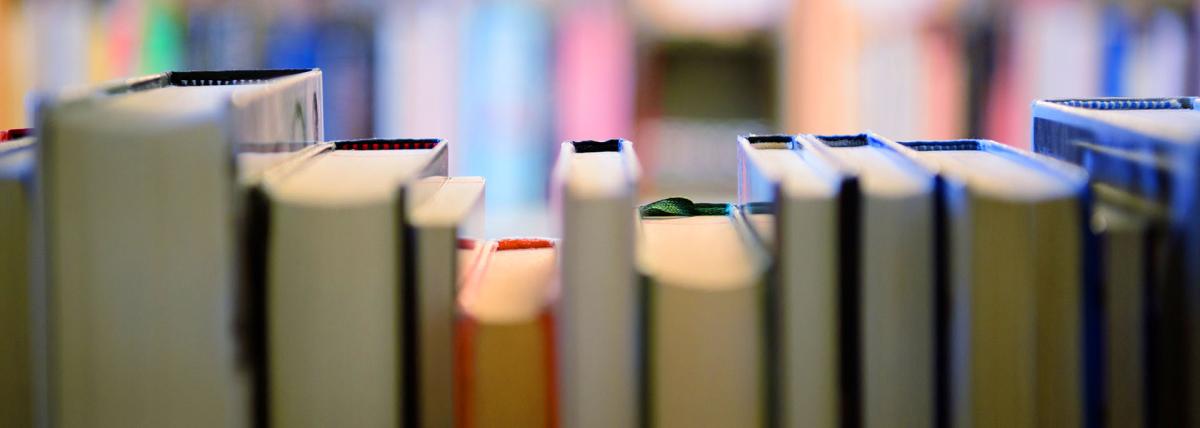In this engaging lesson, students build a model rocket. They design an experimental procedure based on their understanding of the forces acting on the rocket. They predict values using a flight
In this outstanding lesson, students will apply their knowledge of how natural and human-caused changes to habitats or climate can impact our world in a stop motion film. The lesson covers a Science
This is the 2nd lesson is a 2-part series. Students will expand their knowledge of Newton's laws while building, launching and changing the design of paper rockets. This design and modeling exercise
Students will expand their knowledge of Newton's laws while building, launching and changing the design of paper rockets. This design and modeling exercise by JPL/NASA starts students off with a
In this hands-on lesson, students learn about and explore plant adaptations through various readings and pictures of plant adaptations. They study Venus Flytraps specifically and labels the different
In this lesson students model the process of speciation using Skittles. As they work through the story, students see how changing geography can change the traits in a species and how over time these
This lesson allows students to conduct an interesting research project about Arizona's nuclear power plant, Palo Verde Generating Station, and its waste management practices today. This leads to
Empower with solar, motors & wireless! Unravel renewable energy, motor tech & wireless applications in an engaging STEM journey.
Animal Extinction: Lesson 7
This is lesson 7 of the Life Science Unit. Students explore a variety of learning experiences. There are 2 objectives. #1 Objective: I can create a mixed-media art piece with a message for the world
Animal Adaptations: Lesson 6
This is lesson 6 of the Life Science Unit. Students engage in various learning opportunities. #1 Objective: I can count and graph camouflage animals. #2 Objective: I can camouflage a butterfly. #3
Animal Classification: Lesson 2
This is lesson 2 of the Life Science Unit. Students learn about animal classifications. Links to all lessons and optional fiction read-alouds, picture sorts, STEM hands-on activities, journal prompts
In this lesson, students will learn about the history of flight and the technological advancements that led to modern aviation. Students will learn about how the study of birds and other flying
In this engaging lesson, students are given data and are required to graph the data, analyze the data to determine the carrying capacity of four different organisms.
This is an adaptation of an HHMI BioInteractive activity. Students use graphics of scenes from two different areas where Rock Pocket Mice are evolving due to a change in environmental conditions (ie
A 1st grade lesson plan asking students to create a model to classify dinosaurs into different groups according to similarities. Following the classification, a classroom discussion about the ways
In this introductory 5E lesson to organism adaptations, 5th grade students examine the case of the peppered moth to answer two inquiry questions: 1. (to Explore) Can organism’s traits help it in its
The basics of natural selection will be highlighted using the Natural Selection PhET simulation where students complete a series of challenges. As a result of this experience, students will be able to
The basics of natural selection will be highlighted using the Natural Selection PhET simulation where students complete a series of challenges. As a result of this experience, students will be able to
This lesson is intended to build on existing knowledge about a previously learned topic. Students should already know about and be able to apply specific information about a bird species based on a
In this engaging lesson, students determine the period of rotation for the flying pig toy using formulas derived throughout the circular motion unit.
In this lesson, students will learn about a variety of fossils and graph what they have learned. Students will also research about a dinosaur of their choosing and write about it.
Students will engineer their very own LEGO planter by using LEGOs and LEGO bases! This fun and engaging lesson incorporates science and math with the world of LEGOs. Students first listen to a story
This lesson is designed for students to explore the idea of natural selection using a popular food item: goldfish crackers! Students explore the idea that populations of organisms can be affected by
Students will color a penguin with crayons and then spray water on their artwork. They'll observe how the water repels off of their paper. Discuss with students how the wax from the crayons keeps the
Featured Lesson Plans
Check out these notable lesson plans.

Makey Makey Storyboards

Sphero Rocket Payload Mission



